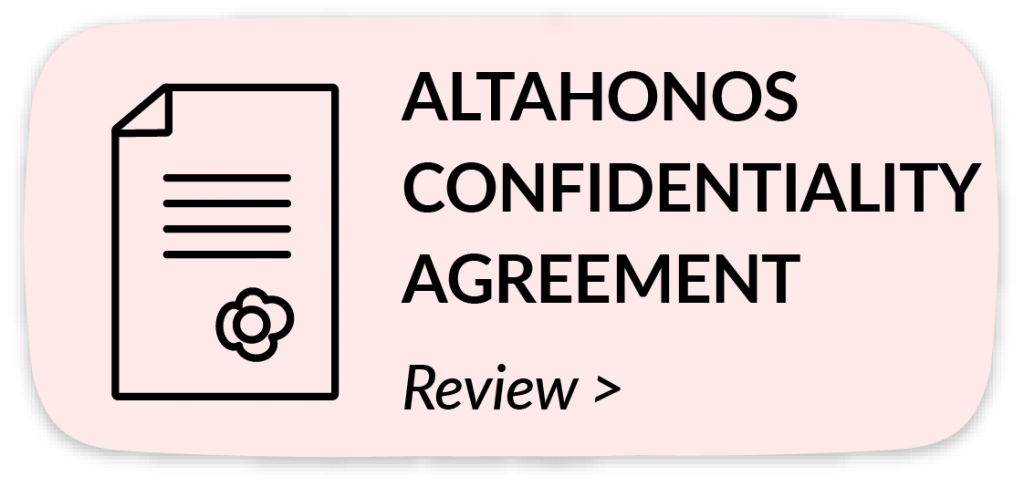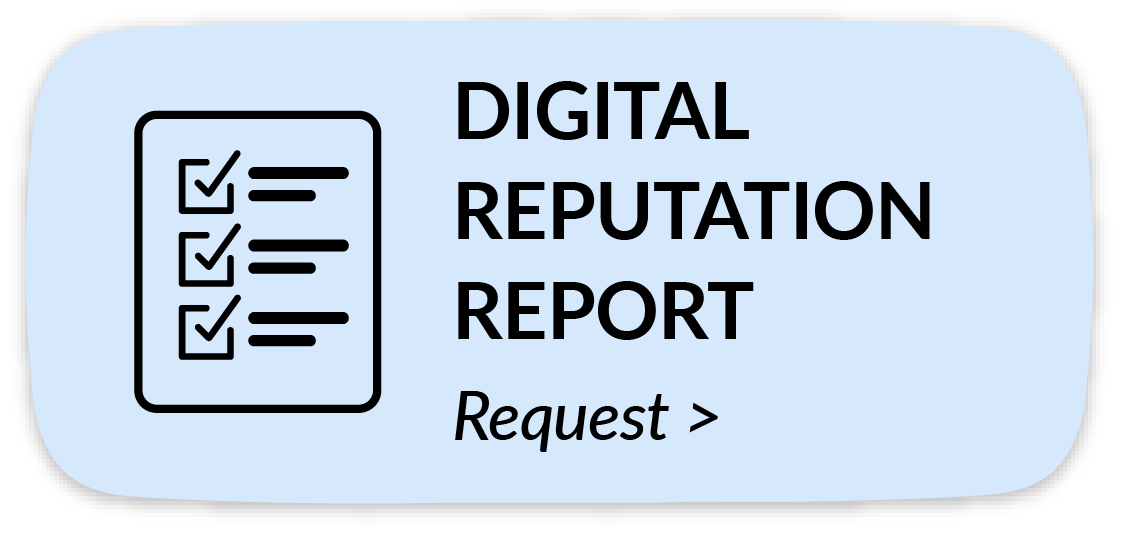

8 Problems Victims of Inappropriate Content Face
The innovations of the digital world continue to change our lives day by day. Updated social networking applications and constantly improved chat networks have caused us to meet with many people from different regions every day. However, the relationship established in digital media has never been controllable like the relationships in real life.
The consequences of people sharing their content in digital media uncontrolled and insensibly have taught us to be more careful in the digital era. Especially strict quarantines, lockdown, and house limitations within the scope of measures taken by governments during the Covid-19 pandemic led people to spend more time in the place where they are and decreased their self-control mechanisms considerably.
The fact that individuals with decreased self-control tend to share inappropriate content irrationally far from normative thinking while interacting in digital media has caused them to share inappropriate contents of themselves with wrong people or on wrong digital media.
Of course, the aggrievement due to sharing inappropriate contents increases at a certain rate every year, a 22% increase was seen in the aggrievement of Ex-boyfriend Blackmailing called “Revenge Porn” during the Covid-19 pandemic compared to the previous year, and almost 2.050 reports reached to a helpline in this regard (BBC). The Women’s Aid, a domestic violence aid agency, conducted a relative study. More than 60% of women who encountered ex-boyfriend blackmailing reported that the abuse they experienced got worse during the pandemic.
So, How does it feel share such content from the point of the victim?
8 Problems Encountered by Victims of Inappropriate Content:
1- Microenvironment worry: One of the content types that spread quite rapidly and virally is considered under the inappropriate content category. Sharing and consumption of inappropriate content about their own personal life increase psychosocial stressors of the victim with questions like “What happens if my relatives see?” and “How can I explain this to my parents?”
2- Negative effects of career: Almost 90% of recruitment specialists use the results of Google search engine. Therefore, inappropriate contents about the victim cause negative results during the evaluation. Even though Google is up against such content, the viral index of inappropriate content is quite strong makes it inevitable for possible aggrievements.
3- Refraining from searching: The majority of inappropriate content types attributes to the violation of privacy. This situation causes the victim to have the tendency of being more socially isolated; thus, the tendency of social refrainment even when searching for solutions is high. However, it should be remembered that addressing content through ( the / a ) credible and professional application is the most important step for preserving digital reputation.
4- Anxiety disorders: The state of uncertainty causes a higher level of anxiety disorder in humans than other living creatures. The victim experiences a high level of fear and uneasiness from the moment inappropriate content is posted. Underlying attitude patterns of anxiety disorder induced by reasons such as not knowing the solution, spreading of content sharings, and social exclusion affect the victim and they experience the feeling that “as if something bad will happen” in terms of attitudes.
5- Domestic disturbance: The victim does not only worry about themselves in a dangerous situation about their digital reputation but they also worry about the reactions of their families. The approach of the microenvironment regarding the incident faced by the victim plays a critical role in providing a solution. Especially the disturbance that the family caused the victim to experience might cause secondary trauma for the victim and their digital reputation might be under more negative effects instead of focusing on solution trials. Therefore, the family’s approach to the subject is quite important.
6- Social stigmatization: Social stigmatization of victims is considered as the exclusion of the victim by their social circle. From the moment inappropriate content is posted, the victim’s credentials including their image can be detected by the user on viral disclosure websites and can sometimes be shared in a way to include their credentials. Therefore, the spreading of the victim’s inappropriate contents can be noticed both by their inner circle or distant relatives, and this causes the victim to experience social isolation.
7- Feeling of being trapped: Stress due to sharing of inappropriate content causes the victim to feel like being trapped. Those experiencing such a condition should be dealt with it by getting professional help and make a plan within the scope of digital reputation solution practices. Otherwise, the behavior of avoidance in the moment of crisis may hurt the victim in terms of the postponement of the solution.
8- Thought of not finding a solution: In a way, the attitude that the content cannot be detected if it is removed from the platforms, on which it was posted, and reposted causes the victim to believe that “there is no solution for this and I cannot do anything about it.” Benefiting from applications regarding the removal of the contents to ensure the digital reputation and preserving the old reputation changes the perspective of the victim on that incident.

This “Confidentiality and Non-Disclosure Agreement” (hereinafter referred to as the “CONTRACT”) is signed between the customer (hereinafter referred to as “BUSINESS OWNER”) and ” 284 Chase Road A Block 2nd Floor, London, England, N14 6HF United Kingdom, “a resident at the address Altahonos Ltd. (hereinafter referred to as “COMPANY”).
The business owner and the Company can hereinafter be referred to as “Parties” separately and together as “Parties”.
1.Purpose:
The parties will be able to share certain confidential information with each other in the statements they will make to each other during all the negotiations to be made by the parties to be used in case of need.
This contract has been arranged in order to determine the method of exchange of confidential information that the parties will open to each other during their negotiations and to determine the rights and obligations for the protection of confidential information opened by one party to the other.
This contract; does not oblige the parties to open / provide any documents and / or information to each other, except for the requirements of the work subject to fee in the service contract to which this contract is attached.
2.Definition and Scope of Confidential Information:
“Confidential information” that can be exchanged between the parties for the purpose specified in Article 1 of this contract means all of the information of the party that owns them in the nature of commercial and personal secrets and / or under their ownership; without any limitation to these; personal data, technical information, trade secrets, the content of links to be removed, if any, software programs, algorithms, software modules, program source codes, technical features, service plans and technologies, user booklets, marketing information, customer lists, contract terms, records and all information and materials related to the business of the party, all kinds of products, goods and services related to the company itself, its shareholders, affiliates, other persons, customers and consultants to whom it has licensed, the method used to obtain them, trade secret, all kinds of formulas, know-how, It covers all kinds of information such as patents, inventions, designs, customer lists, budget, business development, marketing and pricing plans and strategies, and so on. Confidential information does not include the name and logo of the business owner.
Information with a degree of confidentiality that can be obtained through the use of verbal, visual, examples or models (unwritten) and confidential information and / or the examination, testing and similar methods of projects, documents or components that can be given to the other party by the party that opened the information, is hereinafter ” will be referred to as “confidential information” and will be processed under this contract.
In the event that a verbally opened information other than the confidential information specified, the information given to the other party verbally is confidential, if the party that opened the information clearly states that this information is confidential and informs the other party in writing within 10 (ten) days after opening the information. will be treated as information. All other information will be protected and used like confidential information.
3.Terms of Use of Confidential Information:
The party receiving the confidential information agrees to comply with the following clauses for the protection and use of confidential information indefinitely from the termination or expiration date during the term of this contract and the service contract to which this contract is annexed, or if the contract is terminated in accordance with the article 7 below, or expires, declares and undertakes:
a)Using confidential information only for the purpose given by the other party,
b)Providing confidential information to its own personnel according to the “need to know” principle, provided that they are relevant to the subject, by ensuring that they comply with the terms of this contract,
c)To show the care of the party who opened the confidential information to protect the confidential information that belongs to him at least and is equally important,
d)Confidential information; not to disclose the confidential information to third parties, including its shareholders, affiliates and subsidiaries, without the written consent of the party that opened it
e)Not to copy or duplicate the confidential information, in whole or in part, except where necessary for the fulfillment of the purposes of this contract and the service contract to which it is attached,
f)In accordance with the purpose of this contract, to ensure that the organization, subcontractor or other third parties to whom confidential information is transferred are bound by the same restrictions regarding the storage and disclosure of confidential information.
4.Information Not Covered By Confidential Information:
The party receiving the confidential information will not have any responsibility or liability under article 4 for any confidential information with the following characteristics:
a)If the confidential information is known by the party receiving the confidential information at the time of receipt and this situation can be proven by evidence (s),
b)If it was developed independently by the personnel of the party receiving the confidential information who were not aware of this confidential information and this situation can be proven by evidence (s),
c)If it was known to the public at that time or if it was later notified to the public without any fault of the party receiving the confidential information,
d)If they are legally obtained from a third party without similar restrictions and without violating this contract, following all necessary investigations and investigations regarding that the third party is not under the obligation to disclose confidential information and this situation can be proven by evidence (s),
e)If disclosure to the government of the receiving party within the framework of the laws is necessary, by informing the party who opened the confidential information in advance,
f)If their publication or use is approved by the written consent of the party that opened the information,
g)If the company has used the work of the business owner as a reference in case presentations and its name and logo in its website and documents without using confidential information.
5.State of Irresponsibility:
Direct, indirect, special, incidental or consequential use damage, loss of profit or any other damage to the device, tools, equipment, personnel and / or third parties of the user party due to any error or deficiency in confidential information disclosed by one party to the other party under this contract. The party who opened the information will not be held responsible for any losses.
6.Breach of Contract:
6.1 The parties shall be liable for the damages and damages ruled by the court that may occur within the scope of this Agreement and in particular in case of breach of any of its obligations regarding the protection of confidential information obtained under this contract. Also;
a)If it becomes apparent that confidential information has been disclosed or used, the party will endeavor to prevent further disclosure or use.
- b) The receiving party will immediately notify the party providing the confidential information of the then current conditions and implement all corrective measures requested by the party providing the confidential information.
6.2 The failure of any of the parties to exercise or postpone a right or authority arising from any breach of this contract does not mean that it relinquishes any of its rights in this contract or prevents it from being used later or from exercising its other rights and powers in subsequent violations.
7.Duration of Contract:
If this contract is not extended with the written agreement of the parties, it will remain in effect for 10 (ten) years from the date of signature and will be invalid at the end of its term without the need for another notice.
However, if each party makes a written request to the other party 30 (thirty) calendar days in advance and the other party approves this in writing, they may terminate this contract before the expiration date. In case the contract is terminated for any reason, the confidentiality obligations of the parties will continue indefinitely.
If this contract is terminated or terminated as stated herein, copies of all information and documents belonging to the party that opened the information and held by the other party will be destroyed upon the request of the party that opened the information.
8.Settlement of Disputes:
This Agreement and all disputes that may arise from the execution of the review is to apply the laws of the United Kingdom shall be entitled to look exclusively to the dispute London Courts and Enforcement Directorate.
9.Costs:
The parties agree not to demand from the other party the expenses that may be required for the work to be carried out within the scope of this contract.
10.The Entire Agreement and Modification:
The above articles constitute the entire agreement between the parties and replace any agreements, commitments, and agreements made orally or in writing before regarding the subject of this agreement.
Amendments to this contract can only be made with the written agreement of the parties.
11.Separability of Substances:
If one or more of the provisions of this contract are declared invalid, illegal and unenforceable under any law or regulation, the validity, legality and enforceability of the remaining provisions will not be affected or damaged in any way.
12.Transfer Prohibition:
None of this contract and / or its related rights and obligations can be transferred or assigned to another third party without the prior written consent of the other party.
13.Business Relationship:
This contract; It does not create any rights or obligations to the parties other than the provisions explained here. Also; It cannot be interpreted as the purpose of establishing a partnership or other official business for the parties and that another contract will be made in the future.
14.Notification addresses:
All kinds of notifications, requests, requests and other notices required or permitted to be given in accordance with this contract are prepared in Turkish in writing. It is delivered to the other party by registered mail, electronic mail or a notary. Notifications are made to the e-mail addresses of the parties specified on the first page of the service contract. Changes in these addresses are notified to the other party in writing. The addresses in question are the addresses determined between the parties for notification and the notifications to be made to these addresses are deemed to have reached the addresse.
This contract has been signed by the parties as 14 (fourteen) articles and entered into force after confirming the above points.





